This is only the second time the species has been recorded while alive. “I thought it was A.I.,” says fish biologist Kory Evans.

“It was like a dream come true,” says David Jara Bogunyà, a marine wildlife photographer with the NGO Condrik Tenerife. “When I was a kid, I had a book with some deep-sea creatures, and I loved the illustrations. They were crazy to me. The animals didn’t look real.”
And yet, for about an hour, Jara and his colleagues aboard the vessel Glaucus swam with and photographed the black seadevil—a species that typically inhabits the ocean column at inky depths between 650 and 6,500 feet.
Black seadevils (Melanocetus johnsonii) hail from a genus which translates as “black sea monster,” a fitting name given their gaping jaws, sharp fangs, and bioluminescent lures attached to their foreheads that they use to beguile their prey. It is indeed terrifying, but only if you’re the size of Nemo and Dory—these fish are only about six inches long.
(See a black seadevil caught on film for the first time in 2014.)
As video of the seadevil spread online, experts have exulted in just how unusual the sighting is.
“When I first saw the video, I honestly didn’t believe what I was seeing,” says Kory Evans, a fish biologist at Rice University. “I thought it was A.I.”
“It’s a really rare event to see a deep-sea critter like that close to the surface,” says Bruce Robison, a senior scientist at the Monterey Bay Aquarium Research Institute.
Robison knows better than most—he’s the one who recorded the only other footage of a living black seadevil, a specimen spotted at a depth of 1,900 feet by the remotely operated vehicle Doc Ricketts in Monterey Bay in 2014.
Why did the black seadevil come to the ocean’s surface?
Evans says he was impressed that the black seadevil was not only intact, but actually swimming—unexpected for a creature adapted to extreme pressures of the deep sea.
“Their whole deal is not moving,” he says. “They are ambush predators…They kind of sit there, bobbing around, so seeing this one doing something active is kind of shocking.”
“These fish look ferocious and fearsome, but they’re mostly soft and squishy,” he adds.
While there’s no way to know for sure how or why the black seadevil made its way to the surface, there are a few likely scenarios.
“I’ve been scratching my head trying to figure out what happened, and a couple of things come to mind,” says Robison.
It’s possible that the anglerfish ate a fish with a swim bladder or gas gland, and as that gas kept expanding it drew the predator upward in the water column.
“It’s the sort of thing that, once you get started, it’s hard to control it,” says Robison.
Because the sighting occurred off the coast of the Canary Islands, an area known for volcanic activity, it’s also possible that the fish became trapped in a column of rising warm water created by undersea fissures.
Wildlife photographer David Jara captured this rare moment of a black seadevil anglerfish making its way to the ocean’s surface.
David Jara
Finally, Robison says the black seadevil, also known as the humpback anglerfish, might have been swallowed or ensnared by a larger predator, such as a pilot whale, seal, sea lion, or even a jellyfish. Then, the predator either spat it out or the anglerfish broke free closer to the surface.
What the black seadevil can tell us about the deep sea
Even though the black seadevil died shortly after the footage was taken, seeing it alive even briefly is a huge opportunity.
“These animals have been known for a very long time. They’ve been captured in nets going back to the 19th century,” says Robison. “It’s just that all the specimens that were available to work with previously were dead ones.”
(7 sea creatures we can’t believe are real.)
Those specimens have taught us that black seadevils create their own light thanks to their symbiotic relationship with bioluminescent bacteria. And many anglerfish species—although not necessarily this one—reproduce in a rather striking fashion: Much smaller males, sometimes several at a time, will actually fuse their bodies to a female, who draws upon their genetic material when she’s ready to reproduce.
Jara says that this animal’s legacy will now live on, as he and his colleagues collected its body and gave it to the Museum of Nature and Archaeology of Tenerife.
While not all anglerfish live in the deep, Evans says that we’re learning more about these animals all the time. In fact, he recently published a study in the pre-print journal bioRxiv detailing how anglerfish actually got more diverse as they colonized deep-sea habitats—something that came as a surprise.
“The deep sea is not a welcoming environment,” explains Evans. “You’re experiencing crushing pressure, and there’s very little food.”
Moments like these should serve as a reminder that there’s a whole hidden world of life in the ocean’s depths that we rarely think about or get to see.
“The deep ocean habitat is the largest living space on Earth, and it’s home to most of the animals that live on this planet. We are exceptions,” says Robison. “We know so little about what’s down deep.”

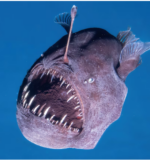
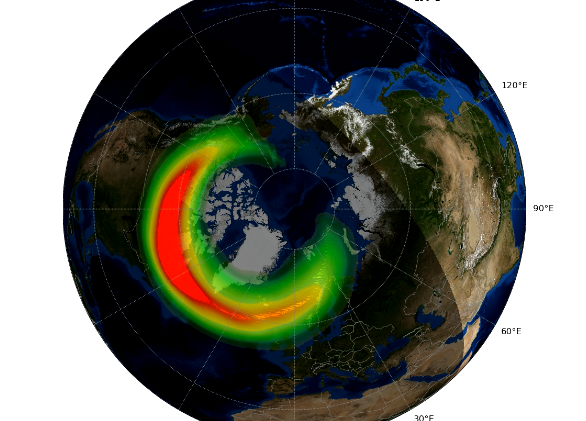

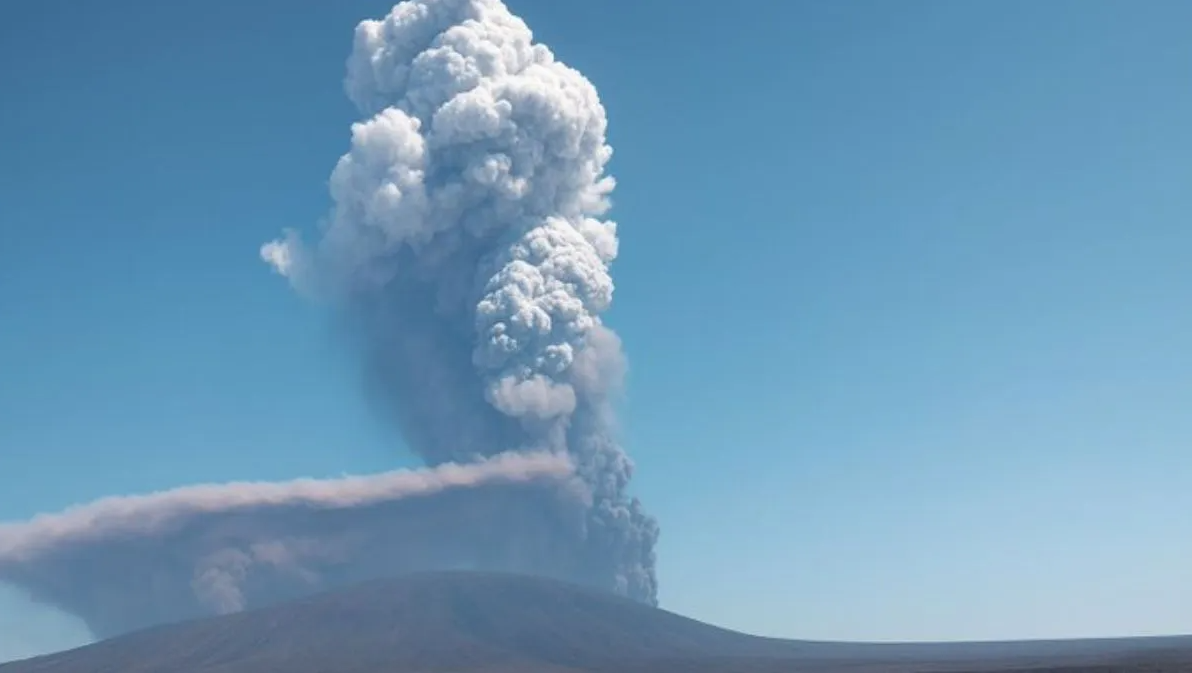



 Photographer Finds Locations Of 1960s Postcards To See How They Look Today, And The Difference Is Unbelievable
Photographer Finds Locations Of 1960s Postcards To See How They Look Today, And The Difference Is Unbelievable  Hij zet 3 IKEA kastjes tegen elkaar aan en maakt dit voor zijn vrouw…Wat een gaaf resultaat!!
Hij zet 3 IKEA kastjes tegen elkaar aan en maakt dit voor zijn vrouw…Wat een gaaf resultaat!! 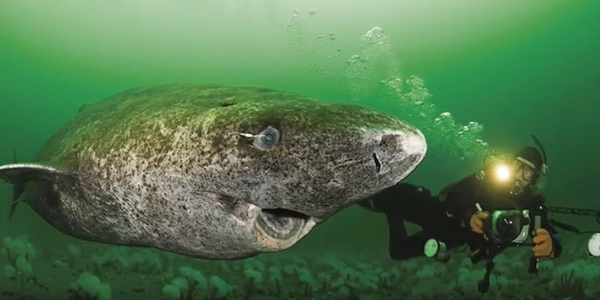 Scientists Discover 512-Year-Old Shark, Which Would Be The Oldest Living Vertebrate On The Planet
Scientists Discover 512-Year-Old Shark, Which Would Be The Oldest Living Vertebrate On The Planet  Hus til salg er kun 22 kvadratmeter – men vent til du ser det indvendigt
Hus til salg er kun 22 kvadratmeter – men vent til du ser det indvendigt  Superknepet – så blir snuskiga ugnsformen som ny igen!
Superknepet – så blir snuskiga ugnsformen som ny igen! 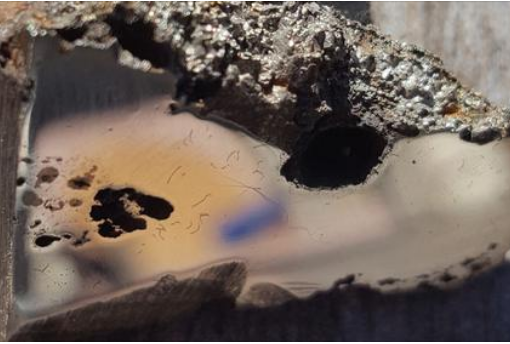 Meteorite That Recently Fell in Somalia Turns Out to Contain Two Minerals Never Before Seen on Earth
Meteorite That Recently Fell in Somalia Turns Out to Contain Two Minerals Never Before Seen on Earth  Nearly Frozen Waves Captured On Camera By Nantucket Photographer
Nearly Frozen Waves Captured On Camera By Nantucket Photographer  It’s Official: Astronomers Have Discovered another Earth
It’s Official: Astronomers Have Discovered another Earth 